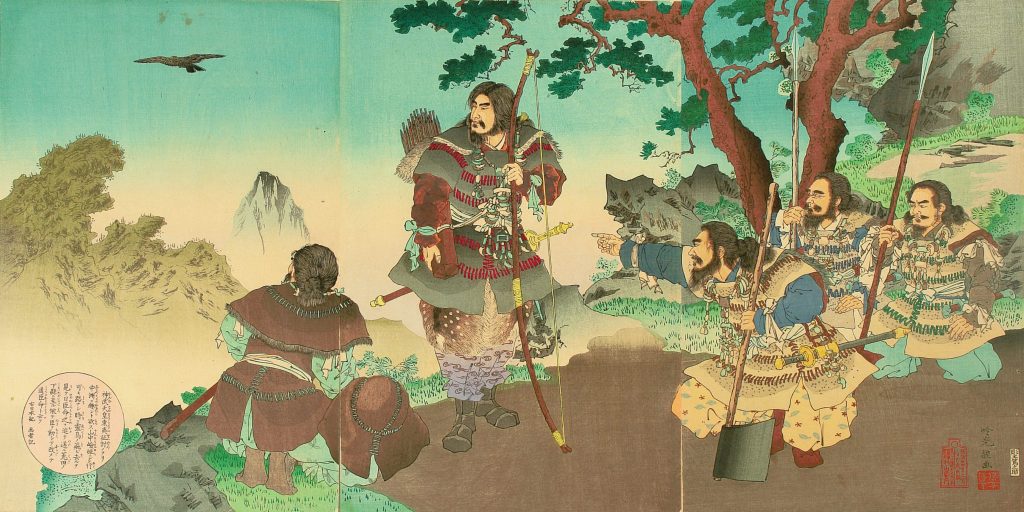Group stealth movement involves two or more individuals travelling together as one element while also applying individual stealth movement techniques in coordination to avoid detection.
The main methods we use when training for group stealth movement are derived directly from US Army doctrine as found in such manuals as FM 7-8 Infantry Rifle Platoon and Squad (now FM 3-21.8) and the Ranger Handbook (TC 3-21.76). These, however, are informed by other sources as well as adapted and practiced exclusively for unarmed civilian use for evading and eluding threats as part of a larger group. Planning considerations and other aspects of such collective stealth movement are addressed under the theme of patrolling and draw from the same sources for their framework.
Formation – File[1]
Movement Techniques
-Travelling
-Travelling Overwatch
-Bounding Overwatch (Alternating or Successive)
Crossing Danger Areas
-Linear Danger Area
-Large Open Danger Area
-Small Open Danger Area
Communication
-Hand and Arm Signals
-Audial Signals (such as mimicking insects or birds)
[1] While infantry elements make use of a variety of formations, these often relate to the volume of direct fire allowed in different directions by any given formation. However, for an unarmed group of civilians wishing to avoid detection and travel from a place of danger to one of safety without engaging with any threats, the file formation seems to be the most appropriate for achieving such an objective. Thus formations like the wedge, vee or echelon are not practiced here.


